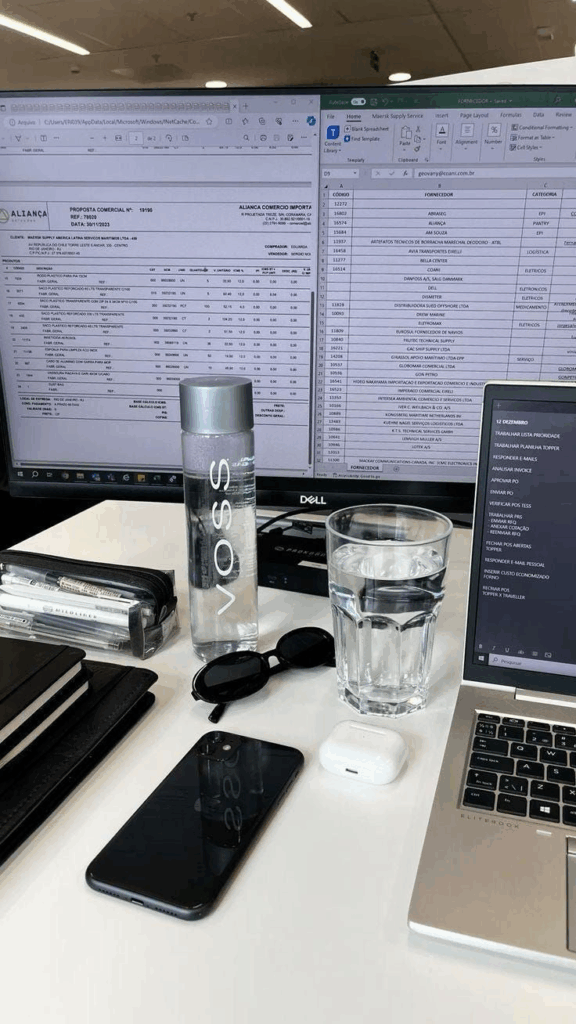
Meta Description:
Learn how to automate your invoicing process using smart tools and simple strategies. Save hours every month and get paid faster with these invoicing automation tips.
Introduction
If you’re running a small business, freelancing, or managing a growing startup, invoicing is likely one of the most repetitive (and time-consuming) parts of your monthly workflow. Manually creating, sending, and tracking invoices not only eats into your valuable time but also increases the chances of mistakes and delayed payments.
Thankfully, there’s a solution: automating your invoicing. With the right tools and setup, you can streamline your entire billing process, improve cash flow, and save hours every single month.
In this guide, we’ll walk you through the benefits of automated invoicing, the tools you can use, and step-by-step instructions to get started.
Why Automate Your Invoicing?
Here’s what you gain by switching to automated invoicing:
✅ 1. Save Time
Manually preparing invoices for each client every month can take hours. Automation helps eliminate repetitive tasks so you can focus on growing your business.
✅ 2. Get Paid Faster
Automated reminders and real-time payment options help you get paid on time—sometimes even sooner.
✅ 3. Reduce Human Errors
Automation tools reduce errors caused by typos, miscalculations, or missed deadlines.
✅ 4. Improve Cash Flow
Faster invoicing and payment tracking give you a clearer view of your cash flow, helping with better financial planning.
Best Tools for Invoicing Automation in 2025
Here are some top-rated invoicing automation platforms perfect for freelancers, solopreneurs, and small business owners:

💼 1. QuickBooks Online
Best for: Small to mid-sized businesses
- Auto-send recurring invoices
- Payment reminders
- Integration with accounting & bank feeds
💻 2. FreshBooks
Best for: Freelancers and service providers
- Time tracking + auto billing
- Recurring profiles for clients
- Custom invoice templates
💸 3. Zoho Invoice (Free Plan Available)
Best for: Startups and businesses with limited budgets
- Unlimited invoices and clients
- Workflow automation
- Multi-currency support
📲 4. Wave
Best for: Small businesses and freelancers on a budget
- Completely free invoicing
- Auto-reminders
- Easy credit card payments
How to Automate Your Invoicing: Step-by-Step
Step 1: Choose Your Invoicing Software
Pick an invoicing tool that aligns with your business size, needs, and integrations. For example, if you need project tracking, choose FreshBooks; if you want a completely free solution, try Wave or Zoho Invoice.
Step 2: Set Up Client Profiles
Most invoicing tools allow you to create client profiles with:
- Name and contact information
- Preferred payment method
- Project or service descriptions
- Tax settings (if applicable)
Having this information saved ensures each invoice is auto-filled accurately.
Step 3: Create Recurring Invoice Templates
If you bill clients the same amount each month (e.g., a retainer or subscription), create a recurring invoice. Most platforms let you:
- Set the frequency (weekly, monthly, etc.)
- Choose the start and end date
- Automate email delivery
This eliminates the need to generate invoices manually every cycle.
Step 4: Enable Automated Reminders
Late payments? Not anymore. Use the platform’s built-in settings to automatically remind clients:
- 3 days before due date
- On the due date
- X days after due date (for follow-up)
These reminders help reduce delays without awkward emails from your side.
Step 5: Add Online Payment Options
Make it easy for clients to pay. Most invoicing tools integrate with:
- Stripe
- PayPal
- Bank transfers
- Apple Pay / Google Pay
Clients are more likely to pay promptly when it’s convenient.
Step 6: Monitor and Adjust
Review your automation dashboard weekly or monthly. Look for:
- Unpaid invoices
- Invoice delivery issues
- Clients needing payment plan flexibility
This ensures your system stays accurate and effective over time.
Bonus Tips to Maximize Your Invoicing Automation
- Use branded invoice templates for professionalism
- Automate tax calculations to avoid compliance issues
- Track invoice open rates (available in some tools)
- Integrate with accounting software for seamless bookkeeping
Final Thoughts
Invoicing doesn’t have to be a burden. With automation, you can save hours each month, reduce errors, and get paid faster—all while maintaining a professional image. Whether you’re a solo freelancer or managing a team, modern invoicing tools make it easy to streamline your process.
Now’s the time to ditch manual invoicing for good and embrace automation.

Tinggalkan Balasan